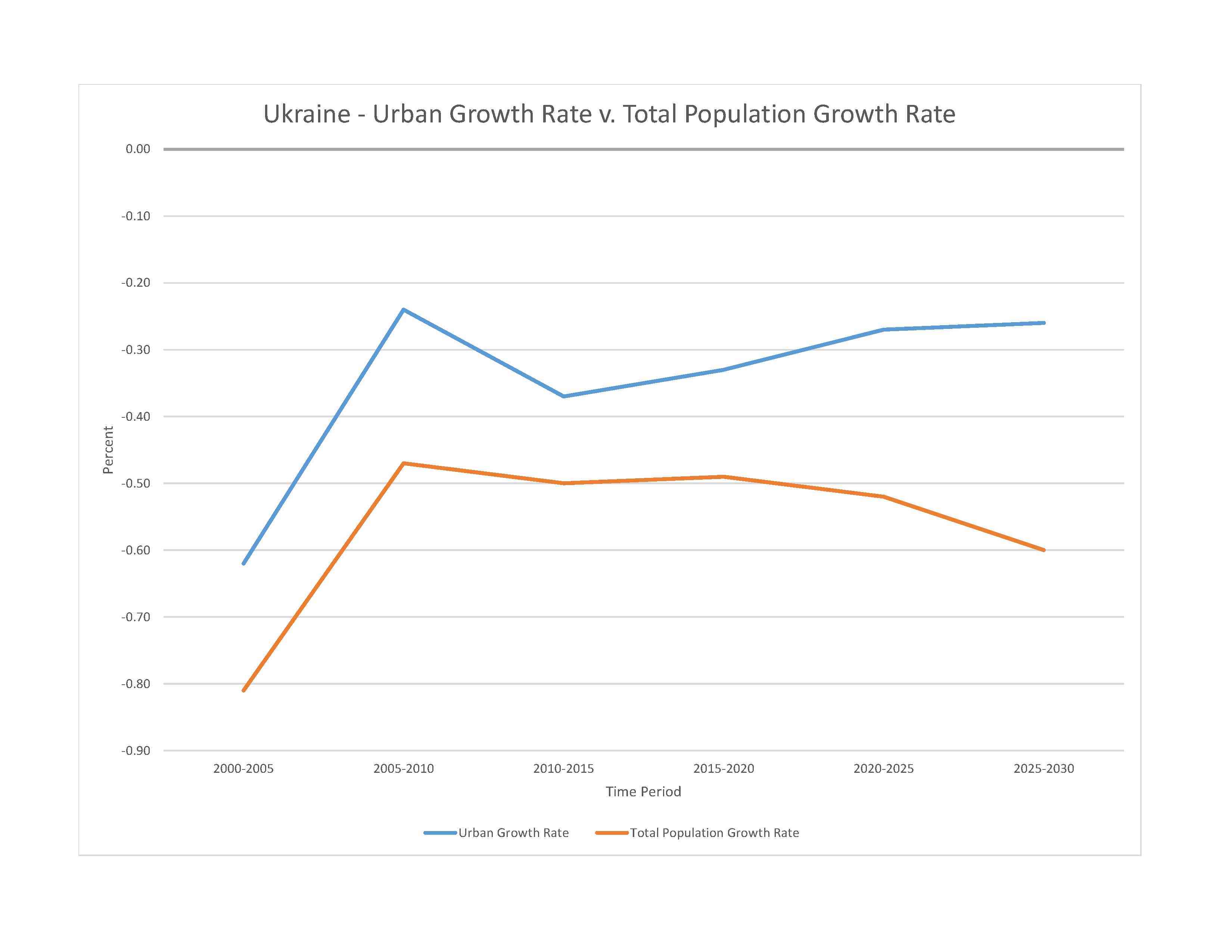
air and water pollution; land degradation; solid waste management; biodiversity loss; deforestation; radiation contamination in the northeast from 1986 accident at Chornobyl' Nuclear Power Plant
party to: Air Pollution, Air Pollution-Nitrogen Oxides, Air Pollution-Sulphur 85, Antarctic-Environmental Protection, Antarctic-Marine Living Resources, Antarctic Treaty, Biodiversity, Climate Change, Climate Change-Kyoto Protocol, Climate Change-Paris Agreement, Comprehensive Nuclear Test Ban, Desertification, Endangered Species, Environmental Modification, Hazardous Wastes, Law of the Sea, Marine Dumping-London Convention, Nuclear Test Ban, Ozone Layer Protection, Ship Pollution, Wetlands
signed, but not ratified: Air Pollution-Heavy Metals, Air Pollution-Persistent Organic Pollutants, Air Pollution-Sulfur 94, Air Pollution-Volatile Organic Compounds
temperate continental; Mediterranean only on the southern Crimean coast; precipitation disproportionately distributed, highest in west and north, lesser in east and southeast; winters vary from cool along the Black Sea to cold farther inland; warm summers across the greater part of the country, hot in the south
agricultural land: 71.2% (2018 est.)
arable land: 56.1% (2018 est.)
permanent crops: 1.5% (2018 est.)
permanent pasture: 13.6% (2018 est.)
forest: 16.8% (2018 est.)
other: 12% (2018 est.)
urban population: 70.1% of total population (2023)
rate of urbanization: -0.27% annual rate of change (2020-25 est.)

severe localized food insecurity:
due to conflict - Ukraine continues to be a significant supplier of food commodities for the world; however, according to a 2023 analysis, at least 17.6 million people are estimated to be in need of multi-sectoral humanitarian assistance in 2023 due to the war, including over 11 million in need of food security and livelihood interventions; the harvest of the 2023 winter cereal crops, mostly wheat, is onging and will be concluded by August; as a result of a smaller planted area, the 2023 wheat harvest in areas under government control is estimated at 18.5 million mt, about 8% below the already war‑affected 2022 output; despite decreased cereal production, food availability at the national level is reported to be adequate, but access remains a major challenge; the country has already experienced elevated levels of food price inflation in the past, due to the economic impact of the conflict in eastern areas; in addition, rising energy costs, amidst high unemployment rates and limited livelihood opportunities, are reducing households’ purchasing power and driving more people into poverty
(2023)
0.34% of GDP (2018 est.)
0.42% of GDP (2018 est.)
particulate matter emissions: 13.51 micrograms per cubic meter (2019 est.)
carbon dioxide emissions: 202.25 megatons (2016 est.)
methane emissions: 63.37 megatons (2020 est.)
municipal solid waste generated annually: 15,242,025 tons (2016 est.)
municipal solid waste recycled annually: 487,745 tons (2015 est.)
percent of municipal solid waste recycled: 3.2% (2015 est.)
Dunay (Danube) (shared with Germany [s], Austria, Slovakia, Hungary, Croatia, Serbia, Bulgaria, Moldova, and Romania [m]) - 2,888 km; Dnipro (Dnieper) river mouth (shared with Russia [s] and Belarus) - 2,287 km; Dnister (Dniester) river source and mouth (shared with Moldova) - 1,411 km; Vistula (shared with Poland [s/m] and Belarus) - 1,213 km
note – [s] after country name indicates river source; [m] after country name indicates river mouth
Atlantic Ocean drainage: (Black Sea) Danube (795,656 sq km), Don (458,694 sq km), Dnieper (533,966 sq km)
municipal: 2.77 billion cubic meters (2020 est.)
industrial: 4.04 billion cubic meters (2020 est.)
agricultural: 3.06 billion cubic meters (2020 est.)
175.28 billion cubic meters (2020 est.)
NOTE: The information regarding Ukraine on this page is re-published from the 2024 World Fact Book of the United States Central Intelligence Agency and other sources. No claims are made regarding the accuracy of Ukraine 2024 information contained here. All suggestions for corrections of any errors about Ukraine 2024 should be addressed to the CIA or the source cited on each page.
This page was last modified 04 May 24, Copyright © 2024 ITA all rights reserved.